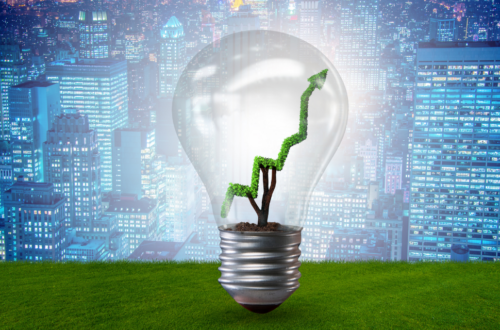Article • Dean Baker’s Beat the Press
Paul Krugman, Going Green in China, and the Which Way Is Up Problem in Economics

Article • Dean Baker’s Beat the Press
Fact-based, data-driven research and analysis to advance democratic debate on vital issues shaping people’s lives.
Center for Economic and Policy Research
1611 Connecticut Ave. NW
Suite 400
Washington, DC 20009
Tel: 202-293-5380
Fax: 202-588-1356
https://cepr.net
Paul Krugman’s column this morning raises the issue of whether China is on the edge of seeing a real estate bubble burst, in the same way that Japan saw its real estate and stock bubble burst in 1990. Krugman points out that this did lead to slower growth for Japan, but it was not an economic catastrophe, as it still saw rises in GDP, relative to its working-age population, that was comparable to the US. (I would add that one reason why Japan did not see more GDP growth is that, unlike the US, it had a sharp reduction in the length of the average work year over the last three decades. This means workers were taking some of the benefits of productivity growth in more leisure time rather than higher income.)
Krugman points out that China is seeing a similar demographic story, where its working-age population is shrinking and there is no longer a massive migration of people from the countryside to the cities, as well over 60 percent of the population already lives in urban areas. He argues that this will lead to major problems for China, since it currently spends over 40 percent of GDP on investment, compared to just over 20 percent in the US. His point is that there will be much less need for investment with a shrinking workforce and slower growth in the size of cities.
All of this is true, and the points are well-taken, but it is worth thinking more carefully about the nature of the problem being described. Krugman is arguing that China will have little reason to spend 40 plus percent of GDP on investment, given its current demographics. This means that China will have an enormous amount of unused resources, which could translate into mass unemployment in the absence of an effective government response. In short, this is a story of seriously inadequate demand.
One great way to create demand would be to spend large amounts of money shifting to electric cars, clean energy, and other expenditures designed to reduce greenhouse gas emissions. China already leads the world by far in the production of wind and solar energy and the number of electric cars on the road. But, as the world’s biggest emitter of greenhouse gases (on a per-person basis, it still emits around one-third of the US), it can clearly go much further. Whether China chooses to go this route will be a political decision, but the fact that the investment share of GDP is so excessive means that it can hugely increase spending on going green, without requiring any reduction in consumption spending at all.
This gets us to the famous “which way is up?” problem in economics. Economics is usually concerned about inadequate supply. In fact, in the old days, many introductory textbooks began by telling students something to the effect of “economics is the science of allocating scarce resources to competing ends.” (The textbooks may still say that, but I haven’t looked at any lately.)
But the story Krugman is describing for China (and Japan) is exactly the opposite problem. The country is producing more than it knows what to do with, which creates the risk that millions, or even tens of millions, of workers may end up unemployed due to lack of adequate demand in the economy.
Anyhow, it is worth pointing out this distinction. It is also worth noting that insofar as many countries around the world, including the United States, seem to be facing this problem of inadequate demand (a.k.a. “secular stagnation”), spending money on greening the economy is a great way to keep people employed.